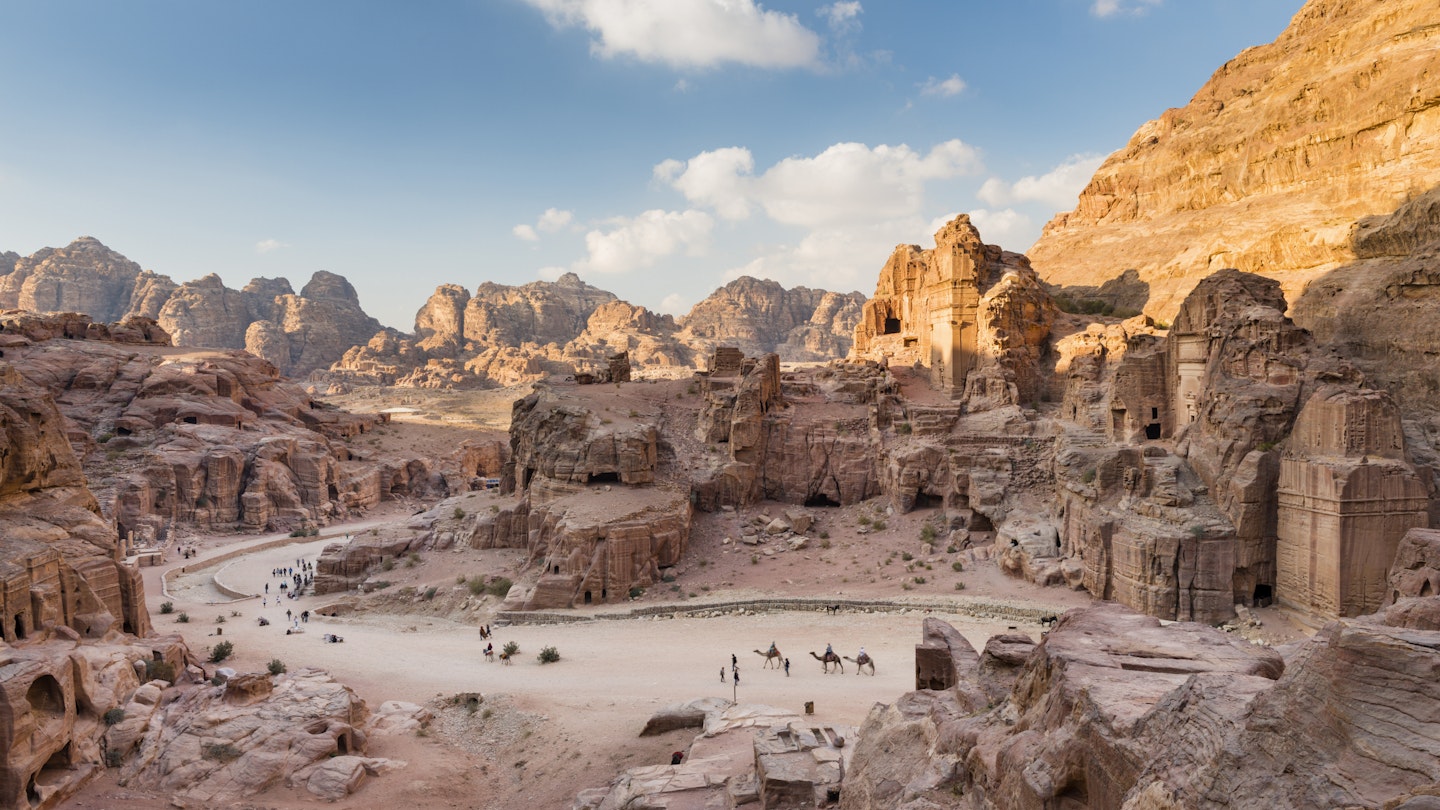Discover the Jordan Trail

Just as Spain has the Camino and the United States has the Appalachian Trail, Jordan boasts its own iconic hiking route, the Jordan Trail. This epic long-distance path weaves through the country’s most breathtaking landscapes while providing a deep dive into its cultural heritage.
The existence of the Jordan Trail is particularly remarkable, especially in a region often plagued by conflict. Here, borders are tightly controlled, making free movement difficult amid surveillance. However, Jordan remains a beacon of peace. Travelers who journey along this trail gain insights into the Middle East that go far beyond what media coverage might portray.
Along the way, you’ll discover serene sandstone canyons, olive groves for midday rests, and ancient paths leading to Crusader castles. Hiking through these vast open spaces imbues a sense of freedom that is hard to match. Encountering locals on foot creates genuine connections that are often missed when traveling in more traditional ways.
The ethos behind the Jordan Trail is one of community involvement; it was created as a social enterprise, allowing local communities to accommodate and feed hikers as they traverse the route. Encounters with Bedouins, brief rests for tea over campfires, and the shared journey with nomads illustrate the trail’s unique sense of community spirit.
Step 1: Which part should I hike?
The total length of the Jordan Trail is approximately 675 km (420 miles), and you should plan for around 40 days to hike its entirety. However, many prefer to tackle shorter sections. The cooler northern stretch of the trail, running 80 km (50 miles) from the ancient colonnades of Gadara through oak forests to Ajloun Castle, is particularly appealing for those sensitive to heat. Adventurers may find the rugged landscapes near the Dead Sea captivating, including the significant canyon of Wadi Mujib.
What makes the Jordan Trail stand out is its rich diversity; famed sites such as Petra and Wadi Rum await your discovery as you hike.
Step 2: When should I go?
It’s crucial to plan your hiking schedule effectively. Avoid the intense summer heat of the northern hemisphere, particularly in desert areas like Wadi Rum. Late autumn through winter (November to February) is optimal for hiking the southern sections, while March and April present a vibrant display of wildflowers in the north.

Step 3: Should I go it alone, or go with a guide?
While the Jordan Trail offers extraordinary experiences, it is essential to consider its challenges. The trail is not well-marked in many areas, and could be far from basic amenities, particularly water. Some easy stretches, such as the 13 km (8 mile) segment from Little Petra to Petra, can be hiked independently by seasoned hikers. However, more complex sections require extensive navigation skills and backcountry experience.
For most travelers, joining a licensed tour operator is advisable. Guides provide not just navigation but also local insight, essential logistics for food and accommodations, and enriching stories throughout your journey.

Step 4: What should I pack?
A well-planned packing list is essential. Strong hiking boots, sunscreen, and warm layers for chilly desert nights are a must. Given the unpredictability of weather, especially in winter, pack a waterproof outer layer. Above all, ensure you carry sufficient water—aim for 5L per person per day for hydration and cooking. A heavy pack may be unavoidable, but staying hydrated is essential.
Step 5: Safety precautions
Jordan is generally regarded as a safe travel destination, and the only area currently advised against visiting is a narrow stretch along the Syrian border. The country boasts low crime rates, and locals are known for their hospitality.
When hiking, remain vigilant of sudden weather changes, especially during winter floods, and keep contact numbers for local authorities close at hand. Above all, let the Jordan Trail be a path to relaxation and exploration through its diverse landscapes.
This article was first published on October 11, 2017, and updated on June 11, 2024.




